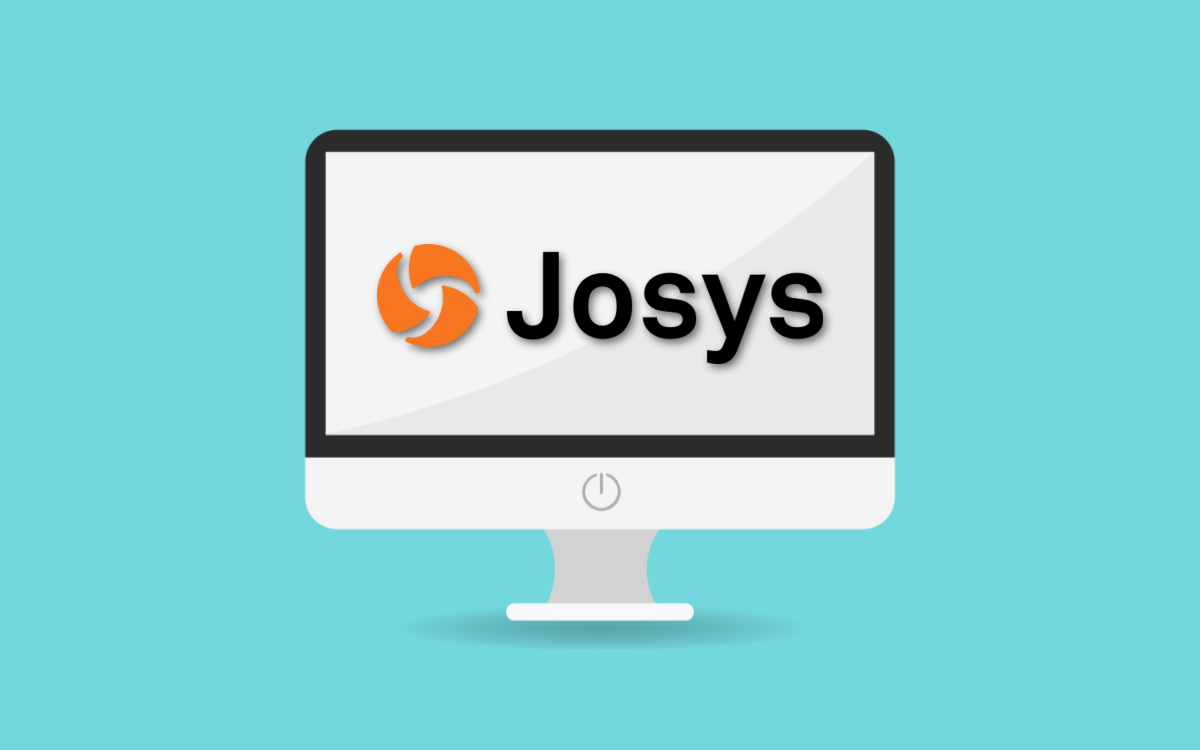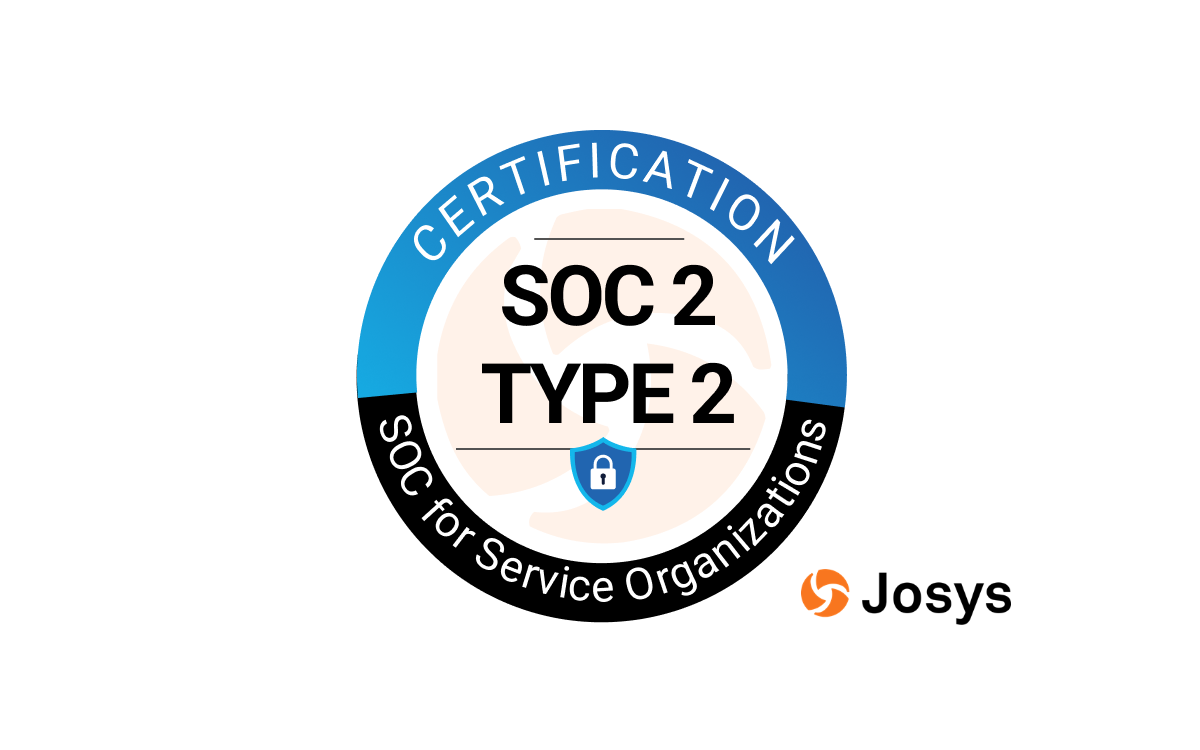In the past, many businesses purchased and installed expensive on-site software onto their computers. Now, many have switched to cloud-based SaaS solutions, which have allowed businesses to easily trial, use, and grow their business by leveraging the accessibility and flexibility of an online, subscription-based application.
Today, businesses need software solutions that fit their specific industries and needs; hence, customizing SaaS solutions for different industries is essential. Customization ensures these software solutions fit and work well with each industry’s operations.
Identifying Your Requirements
You must first identify and understand your needs before you can address them effectively. To determine these needs, there’s a need for a comprehensive assessment that involves:
- Defining Objectives: This involves identifying and clearly stating the goal of your business or organization. With a clearly defined objective, you can identify specific points where SaaS solutions can be helpful.
- Analyzing Workflows: Thoroughly assess your business or organization workflow to identify specific points that SaaS solutions can enhance. Every industry has a different workflow, so what works in one may not work in another.
- Considering Scalability: Consider how much your organization might grow and what it will need. Pick SaaS tools that can handle that growth without slowing down or becoming more complicated.
- Considering Regulatory Compliance: Every industry has rules and standards they need to follow. When picking SaaS tools, make sure they follow these rules, too. This way, you can keep data safe and follow all the essential regulations.
- Understanding Specialized Functionalities: Consider the specialized functionalities required to address industry-specific challenges. For example, healthcare industries might need software that follows HIPAA rules and helps manage patient info. In contrast, manufacturing companies might need tools to track their supplies and manage how things move through their supply chain.
The Benefits of Customization
Customizing SaaS solutions to fit the needs of each industry is essential. It makes sure the software can deal with the specific problems that each sector faces. This way, businesses can get the most out of their SaaS tools. Customization brings about:
- Increased Efficiency: Customizing SaaS solutions allows businesses to streamline processes and workflows, cutting out unnecessary features and making the functionality fit specific situations. This tailored approach enhances operational efficiency, reduces manual work, and helps get new projects up and running faster.
- Improved User Adoption: When businesses tailor SaaS solutions to fit what users want, it makes using them more enjoyable and more people are likely to use them. Adjusting interfaces, workflows, and features to suit users’ needs makes them happier and more productive.
Key Considerations in Selecting SaaS Solutions
Certain factors must be considered when customizing your SaaS stack. They include:
- Business Requirements: Determine what your business truly needs and the goals you want to achieve with the customized SaaS tool. Also, identify your organization’s problems to ensure the solution fits perfectly.
- Flexibility and Customization: Choose a SaaS platform like Josys that lets you tweak things to fit your business perfectly. Being able to customize ensures the software works just right for you.
- Data Security and Compliance: Data security and compliance to established standards are priorities. It involves keeping customers’ data safe and working in line with established regulations, which builds customer trust and keeps you from sanctions associated with breaking industry-specific standards.
- Scalability and Growth: Choose a platform that grows as your business does, handling more users and data without issues. This ensures smooth expansion without any hiccups.
- Integration Capabilities: Ensure your SaaS platform works well with your other tools and systems. This boosts efficiency, saves money, and supports smooth business growth.
- Support and Maintenance: Check what kind of help and updates the SaaS provider offers. Good support and regular updates keep everything running smoothly and make your life easier.
- Future-Proofing: Prepare your business for the future so you can stay current with trends and expand effortlessly. Do this by investing in a flexible and functional SaaS solution.
Choosing the Right SaaS Tools
Choosing the right SaaS apps with the right customization features is crucial. When picking SaaS tools, consider the following factors:
- Customization Features: Look for platforms like Josys that let you customize setups, workflows, and connections to other tools to match your requirements.
- User Experience: Choosing a tool that’s easy to use is vital to getting more done. It helps users learn faster, work better, make fewer mistakes, and make usage more enjoyable.
- Scalability and Flexibility: Pick a flexible SaaS tool that allows for scalability. In other words, it is a tool that can adjust to your evolving needs without much extra work and grow and change with your business.
- Integration Capabilities: Choose a SaaS software that integrates seamlessly with existing systems. Check if the SaaS apps can easily connect with other software so you can share data and automate tasks smoothly.
- Support and Maintenance: Choose SaaS vendors that offer comprehensive support and maintenance services to help with customization. Access to training, documentation, and regular updates ensures that customized solutions are implemented smoothly and perform at their best.
Examples of industry-specific SaaS solutions and how they address their unique challenges
- Case study 1 (Coconala Co., Ltd): Coconala Co., Ltd., a skill-matching platform, struggled to manage its many SaaS tools, which caused security risks and inefficiencies. They had over 80 internal SaaS apps, making it hard to control and respond to department-specific needs. They also faced challenges managing accounts for retired employees and tracking device usage.
To solve these problems, they implemented Josys’ SaaS Management Platform, which centralized control, automated account operations and improved inventory control. This resulted in significant cost savings of 720,000 yen saved annually, streamlined security, and better auditing processes.
- Case study 2 (Omasu Consultants Co., Ltd.): Omasu Consultants Co., Ltd., a well-known construction consulting firm, struggled with productivity due to outdated asset management methods. Each department used separate Excel sheets, leading to delays and a lack of real-time data. After finding Josys, they made it their primary asset management tool, centralizing operations and allowing real-time tracking through cloud-based tools.
The impressive results improved efficiency, stability, and user-friendliness, as Mr Torii from the DX department highlighted. Josys’ flexibility and responsiveness to feedback made it even more valuable, especially for remote work. It effectively addressed industry-specific challenges and boosted Omasu Consultants Co., Ltd.’s productivity.
Implementation Strategies
Here are the best practices for implementing customized SaaS solutions:
- Customization and Configuration: Partner closely with the SaaS management vendor, like Josys, to visualize, automate, optimize your SaaS stack.
- Data Integration: Find a vendor who has numerous integrations with systems you already use to reduce time spent managing apps and maintaining data accuracy.
- Utilization Oversight: It is essential to implement SaaS apps that your organization will use to grow its business. Over spending on software that is never used will only hurt the business. Continue to monitor usage to uncover underutilized SaaS or areas for optimization.
Conclusion
Building an optimal SaaS tech stack is paramount in today’s competitive business landscape. Businesses can unlock significant benefits and drive innovation by customizing SaaS solutions to address unique challenges and requirements within their respective sectors.
By leveraging platforms like Josys, businesses can streamline IT operations, enhance efficiency, and drive organizational success. Experience the transformative impact of Josys in building and managing your optimal SaaS tech stack. We invite you to explore the capabilities of Josys firsthand. Contact us for a personalized demo and see how Josys can streamline your IT operations while ensuring compliance with industry standards.



